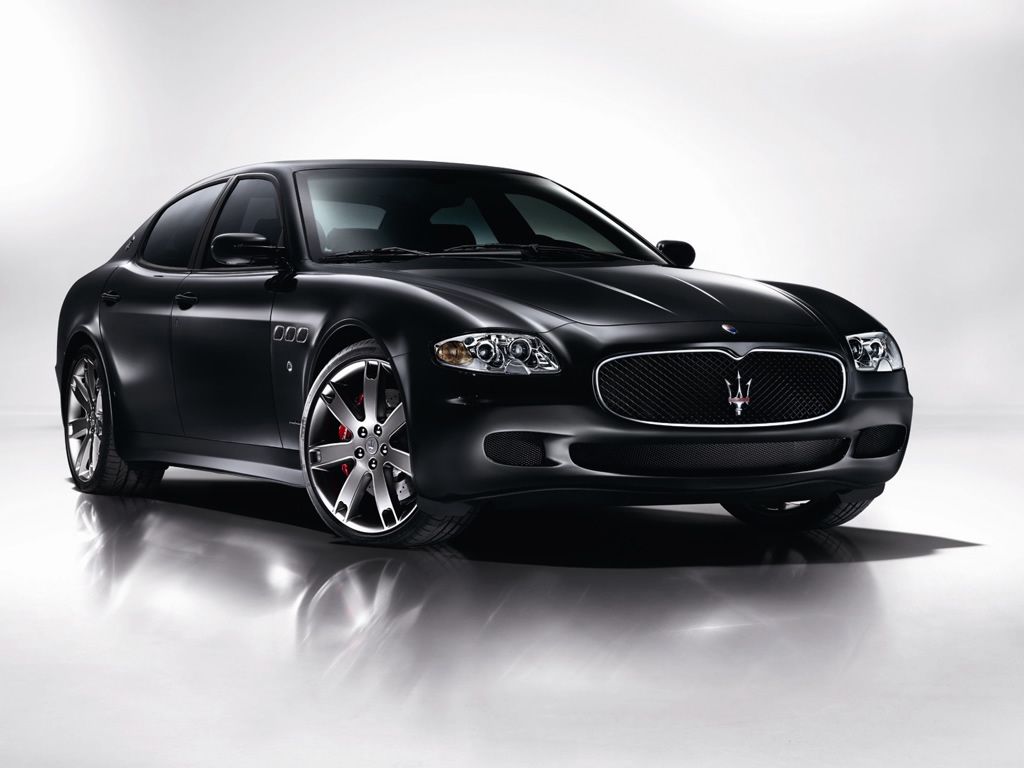As part of their aim for 50,000 units sold per year, Maserati is keeping busy by trying to put together the perfect Quattroporte. Long since considered too big for a daily driver, but too small for a chauffeur's car, the Quattroporte will need to be just right for customers' consumption. Maserati's answer to that dilemma is to create two new sedans - the Quattroporte and 'baby' Quattroporte - at just the right size and to borrow systems and components from Chrysler->ke21 sedans such as the Chrysler 300 and the Dodge Avenger.
So, will the consumers be force-fed re-badged Chryslers? Not according to Maserati. The company has maintained a clear picture of what they want the Maserati to look like and have therefore stuck to borrowing elements from Chrysler that will not be readily seen. Elements such as wiring, air conditioning, passive safety systems, and seat structures will find their way into to the Quattroporte, leaving the overall look purely Maserati.
Details for the future Maserati Quattroporte and 'baby' Quattroporte after the jump.
The larger Quattroporte->ke336 will grow about 2.5 inches in length from the current Quattroporte and will be 8.7 inches longer than the 'baby' Quattroporte. It will be powered by a revised version of Ferrari->ke252's 475 HP 4.7-liter V8 with direct injection engine. This engine will be coupled with ZF's eight-speed automatic transmission.
2011 Maserati Quattroporte
The 'baby' Quattroporte was supposed to be a flagship model for Alfa Romeo, but because of its high price, Maserati decided to borrow it. The model will be powered by a heavily revised 3.0-liter version of Chrysler's 3.6-liter Pentastar V-6 engine that will be combined with Fiat's MultiAir variable valve timing, twin turbochargers, and direct injection. These components will allow it to deliver more than 400 HP.
Expect the larger Quattroporte to debut in 2013, while the 'baby' Quattroporte will make its way onto the scene towards the end of 2012. Both models will be built in Italy with a production capacity of 30,000 to 35,000 units a year.

